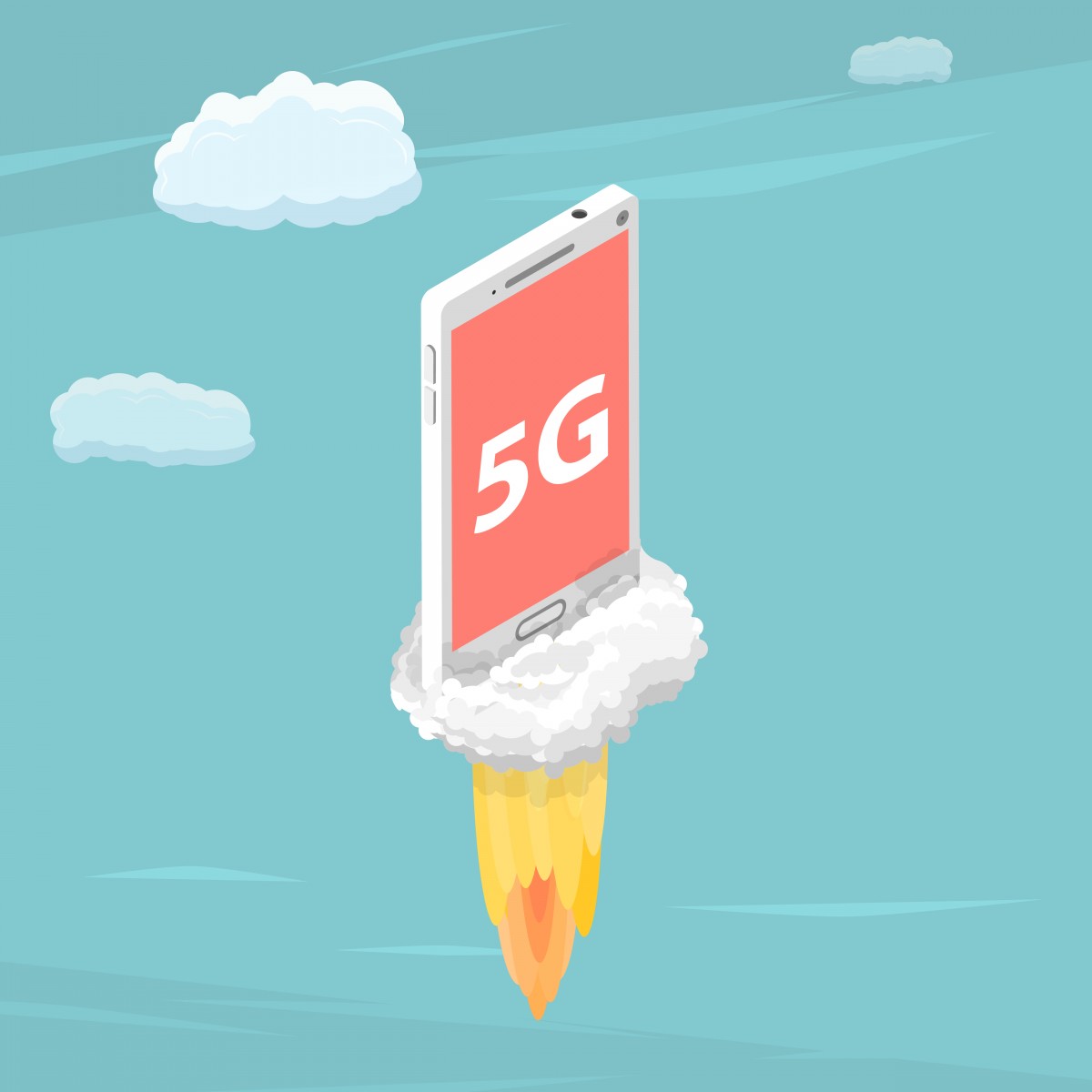Much discussion has been about the impact this technology will have in the consumer world – from in-home entertainment to the classic example of self-driving cars. These are exciting, no doubt. But are they useful to you when planning your professional life?
Within the digital workplace, there are set to be major changes. It’s not just an improvement to radio access, or smartphone or mobile broadband speeds, but a fundamental re-think in network architecture. So, if you’re working with, or relying on, data from any sort of mobile network, you may well find yourself the beneficiary of 5G transformation.
The primary impact for data professionals can be delineated through four characteristics of 5G data here, though each vertical industry and each data job will have its own novelties.
· Velocity – One of the key points of a 5G infrastructure is its low-latency capabilities (aligned with its ultra-reliability) from access point to network and back again. For data professionals, this will mean the ability to work with real-time data streams and collaboration platforms previously just not available. Imagine, no delay for large data sets!
· Volume – 5G will enable extremely dense networks - so instead of perhaps 10,000 sites (nodes) today we will have 100,000 sites with 5G and will mean a related increase in the volume of data coming through.
· Value: Massive data collection is enabled from end points (Industrial IoT). This provides the raw fuel for all kind of innovative IT and OT applications waiting to be devised – driven by the new capabilities of the data professional that 5G will create.
· Variety and Veracity – Dense networks and increased volume capacity means the granularity and precision of the data received can be much improved over current systems. This leads to an improvement overall in data quality for data products, significantly expanding automation capabilities of the machine learning bases systems that can be envisaged and deployed.
In addition to these progressive changes, it may also solve some of today’s frustrations in data science. For example, high volume data work may currently cause network bottlenecks as replication, data imports and exports, report queries and other large queries run along the system. With capabilities such as network slicing allowed by a 5G infrastructure, it’s straightforward to reserve network resources for specific tasks – so high-volume data work can be partitioned from the rest of the network and completed uninterrupted.
Related to this management of data volume and variety - another interesting benefit will be realised through using edge clouds. Often data professionals are interested in anomalies – unusual events that have occurred. The edge cloud can analyse the raw data (100% of the data) and extract the 1% that is interesting for further analysis – managing volume in the process.
The impact will depend on how deeply your organisation gets involved with 5G adoption. As mentioned, it’s not just the network access that will change, but the network infrastructure itself – along with the IT and OT estate (operational technology). If you’re a data scientist hungry for a challenge, hold on tight for the next few years and you’ll get your wish.




